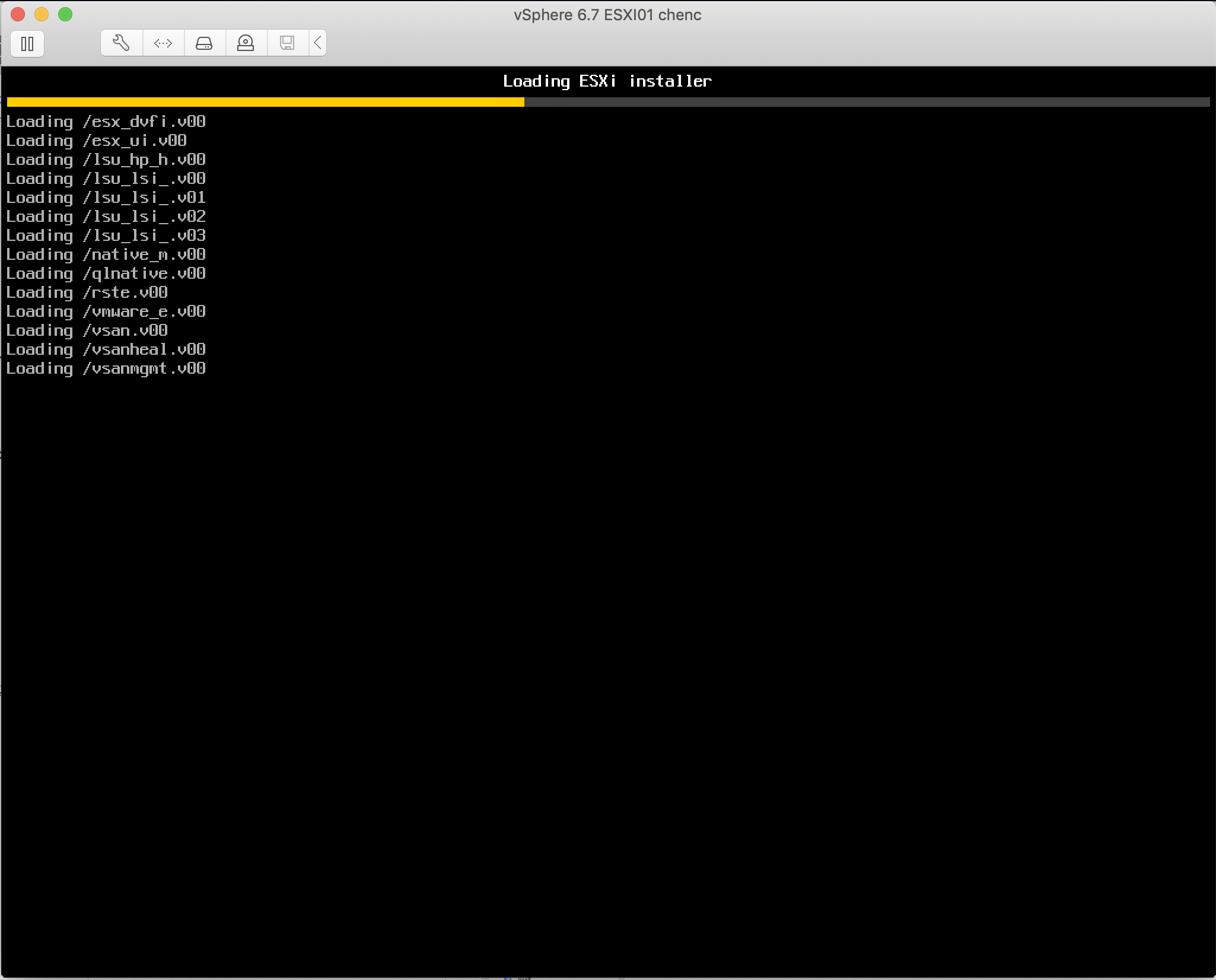

Confirm root password - Confirm the root password.Specify the VM settings for the vCenter Server.Note: A Certificate Warning might appear. Once you have completed form, click “Next” to continue. In this demo I will be using a standalone ESXi host. The target can be ESXi host or existing vCenter server. Specify target where vCenter server appliance will be deployed.Accept the End user license agreement and click next.Choose “Install” and click “next” on the introduction screen.Run “Installer.exe” to open the vCenter Server Installer.Since I am using Windows 10 to deploy VCSA, I will select “Win32” folder.



If you plan to use NTP servers for time synchronization, verify that the NTP servers are running and that the time between the NTP servers and the target server on which you want to deploy the appliance is synchronized.If you want to deploy the appliance on a DRS cluster of the inventory of a vCenter Server instance, verify that the cluster contains at least one ESXi host that is not in lockdown or maintenance mode.If you want to deploy the appliance on an ESXi host, verify that the ESXi host is not in lockdown or maintenance mode and not part of a fully automated DRS cluster.See System Requirements for the vCenter Server Appliance. Verify that your system meets the minimum software and hardware requirements.Download vCenter Server Appliance Installer.Prerequisites for Deploying the vCenter Server Appliance (VCSA) In this walkthrough I will be installing vCenter Server Appliance (VCSA) 7 Update 3.


 0 kommentar(er)
0 kommentar(er)
